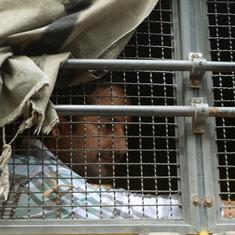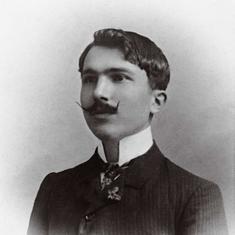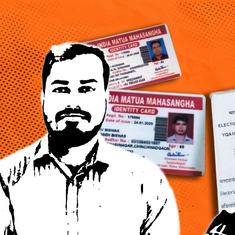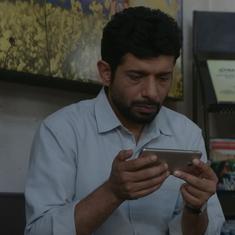And why shouldn’t he?
If he finds himself entering India's most powerful office later this month, much credit would go to the media for getting him there.
This is not to argue that media outlets have turned right-wing or that editors have started crawling even before they were asked to bend.
Nor is it to say, as the BJP has claimed in the past, that the liberal media's adverse reporting on Modi only served to strengthen his support base.
Regardless of whether the reportage is supportive or adversarial, the relentless focus on Modi and his campaign in the media has brought things to such a pass that outsiders might be forgiven for thinking India has moved from a parliamentary democracy to a presidential one.
Traversing rural and remote areas in seven states across eastern and northern India, this reporter found that people invariably discuss Narendra Modi as the man who appeared most often on TV.
“Aaj kal TV pe bahut dekh rahe hai.” TV has been showing him a lot these days.
“Media waale bata rahe hai ki Modi ji aa rahe hai.” People in the media say that Modi’s going to win.
“Pata chal raha hai Modi ki sarkar ban rahi hai.” It is being reported that Modi will form the government.
The extent of Modi’s ubiquity in the 2014 election coverage will probably be better documented by future research but already, data gathered by CMS Media Lab and reported by The Hindu shows that Modi hogged prime time television in the months of March and April, getting one-third of airtime on five leading news channels.
Even without the data, the anecdotal evidence has been overwhelming enough to have spawned jokes on social media.
TV Reporter: Who is going to win from here?
Man: Everyone is voting for Modi.
TV Reporter: But you are Yadavs. Are even the Yadavs voting for Modi?
Man: Yes indeed.
TV Reporter: Who will you vote for?
Man: I’m voting for the Samajwadi Party. But all the other Yadavs are voting for Modi.
TV Reporter: How do you know?
Man: I heard that on TV.
As the joke suggests, the media hype surrounding Narendra Modi may not actually translate into votes for the BJP. At the same time, it is undeniable that undecided voters often end up hitching their wagon to the candidate and political party that is projected to win.
The complexity of Indian elections, the range of political parties, and the multiplicity of factors that come into play in every single constituency, makes psephology a hazardous occupation in India.
Whether the media's projection of Modi as India's future prime minister turns out to be a self-fulfilling prophecy will be known on May 16.
Meanwhile, for the next few days, brace yourself for a ballast from Banaras, where at the moment, there are plausibly as many journalists as pilgrims.
Forty one constituencies vote in the final phase of the elections on May 12.
But as far as most journalists are concerned, there is only one contest worth their sweat.










